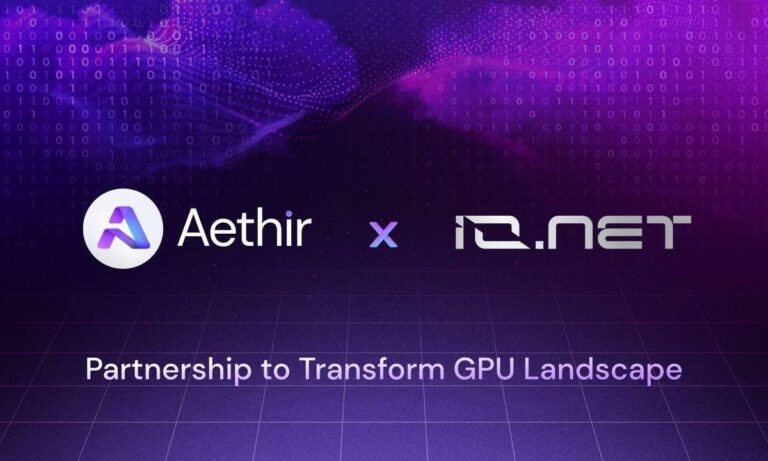Web3’s potential in finance has been a hot topic in recent years. Does this relatively new technology have what it takes to overthrow processes that have sustained the global banking system for decades? Or will its hype die out as its relevance fades in the face of legacy systems and institutions that dominate financial markets?
To find out, one must pit the two against each other, weighing their strengths and weaknesses. And what better way to do that than to lean on the opinions of executives who have spent the better part of their careers in traditional finance (TradFi) and are now spearheading the next generation of decentralized finance (DeFi) solutions?
Traditional Banks Work, But…
“They’re very cumbersome, inefficient, and costly. Let’s say you trade bonds…You have to wait three days for a bond to settle. And then you think, ‘Why is that the case?’ It is extremely inefficient. There is no justification for that,” says Alex Gherzi, founder and CFO of STIMA.
TradFi’s inefficiencies stem from its reliance on intermediaries. It’s a system built by middlemen who not only slow down the settlement process; they also drive up the cost of participating in the mainstream financial system.
“TradFi is very centralized with a lot of intermediaries. The whole system is set up to make money off of you (the user),” says Brian Norman, CFO at Mantra.




